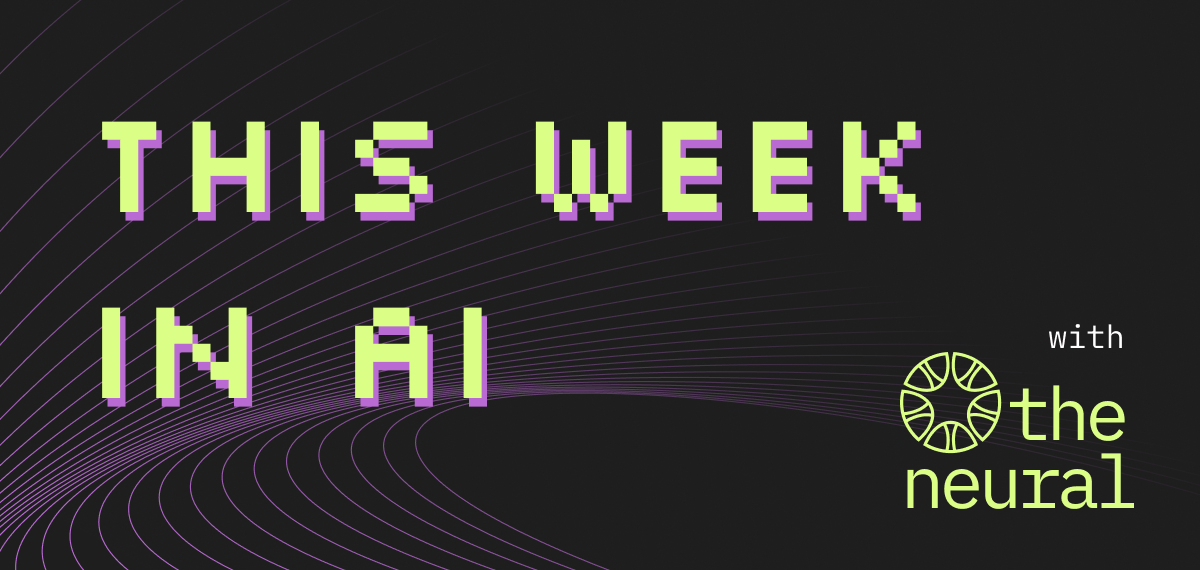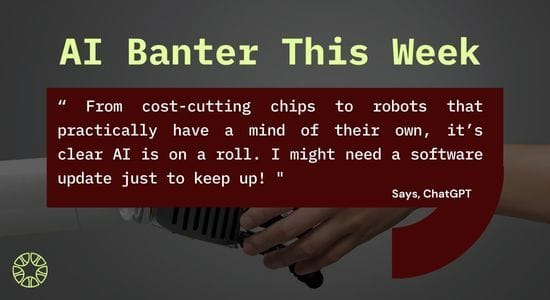- TheNeural
- Posts
- This Week in AI with The Neural
This Week in AI with The Neural
Smarter Coding, Cheaper Chips & Autonomous Robots

TECHIES, ASSEMBLE!
AI Highlights
LLMs process diverse data like human brains.
Google partners with MediaTek to reduce TPU costs.
AWS's Trainium chips undercut Nvidia's H100 by 75%.
LLM embeddings align with human brain activity.
Perplexity introduces Comet, an AI-powered web browser.
NVIDIA Dynamo boosts AI inference throughput 30x.
NVIDIA launches open humanoid robot foundation model.
First Atomic AI Model Battles Diseases at the Cellular Level
Green Light AI Slashes Traffic Emissions
MIT Reveals Chatbots’ Impact on Human Well-Being
Atlas Now Works Autonomously—No More Human Hands
Google DeepMind’s Gemini Robotics Enters the Physical World
AI INDUSTRY
Google Taps MediaTek to Slash AI Chip Costs
Google is partnering with MediaTek—leveraging their TSMC ties—to develop next-gen TPUs that cut costs without sacrificing performance. Expected next year, these TPUs will fuel AI research, cloud services, and models like Gemini.
Discover the chip cost revolution—read more here.
Amazon Slashes AI Inferencing Costs with Custom Chips
Amazon Web Services is undercutting Nvidia by 25% using its own Trainium chips—offering H100-equivalent performance at 75% cost. This shift aims to democratize AI training, though vendor lock-in remains a concern.
See how cost-effective AI is evolving—explore here.
Brain vs. LLM: New Insights into Speech Processing
Google Research finds that LLM embeddings for speech align closely with brain activity, using pre-onset prediction like human neural circuits. This could transform our understanding of language processing.
Dive into the science behind AI and the brain—read more here.
Gmail’s AI Upgrade: Smarter Email Search
Google’s latest Gmail update uses AI to prioritize search results based on recency, frequency, and familiarity, streamlining communication and boosting productivity.
Transform your inbox—find out more here.
Perplexity to Launch an Agentic Browser: Meet Comet
Perplexity is set to launch Comet, an AI-powered browser that automates research and daily tasks. Aiming to disrupt traditional browsing, it blends generative AI with search functionalities for a revolutionary experience.
Experience the future of browsing—discover more here.
Optimize AI Inference with NVIDIA Dynamo
NVIDIA introduces Dynamo—open-source software orchestrating GPU fleets for peak performance with dynamic scalability and disaggregated serving. It delivers a 30x throughput boost and supports PyTorch and NVIDIA TensorRT-LLM.
Revolutionize your AI deployments—see how Dynamo works here.
NVIDIA’s Isaac GR00T N1 Ushers in Generalist Robotics
NVIDIA unveils Isaac GR00T N1, an open-source model that combines fast reflexes with deliberate planning for humanoid robots. Customizable and already attracting leaders, CEO Jensen Huang calls it the dawn of generalist robotics.
Step into the age of generalist robotics—learn more here.

AI AROUND US
Google DeepMind’s Gemini Robotics Enters the Physical World
Google DeepMind’s Gemini Robotics integrates multimodal reasoning into physical robots, enabling tasks like folding origami, organizing spaces, and even playing basketball. Partnerships with Apptronik push the envelope in humanoid robotics.
Explore how Gemini bridges digital and physical AI—learn more here.
Atlas Now Works Autonomously—No More Human Hands
Boston Dynamics updates Atlas with enhanced autonomy: it can now move engine covers, navigate complex environments, and even perform cartwheels and breakdance moves.
Watch Atlas break free—see details here.
Green Light AI Slashes Traffic Emissions
Google Research’s Green Light uses AI and Google Maps data to optimize traffic light timing, reducing stops and greenhouse gas emissions. This initiative promises greener, smoother urban mobility without extra hardware.
Discover how AI is clearing the roads—learn more here.
MIT Reveals Chatbots’ Impact on Human Well-Being
A joint MIT-OpenAI study shows that deep interactions with ChatGPT can lead to loneliness and emotional dependence—especially for heavy users, who may also develop fewer offline relationships.
Understand the emotional side of AI—read the study here.
First Atomic AI Model Battles Diseases at the Cellular Level
VantAI launches Neo-1, the first atomic AI model for spotting and battling cellular diseases. By making protein interactions programmable, Neo-1 pioneers a new era in in silico drug discovery and therapeutic design—plus, strategic appointments boost its innovation.
Transform drug discovery with atomic AI—read more here.
‘HOW TO’ WITH AI
Use Claude Effectively for Coding!
Master coding projects with Claude by following expert tips: start with the /init command to generate a “Claude.md” file, then ask for detailed explanations of your project’s components. For major changes, prompt with “Think hard, think deep, think longer.” Use /compact regularly and review project files for consistency.
Boost your coding efficiency—learn how here.
AI - POINT OF VIEW
How LLMs Reason with Diverse Data—Decoding the Semantic Hub
A new MIT study reveals that LLMs process data like the human brain’s semantic hub. They convert inputs—text, images, or code—into a dominant language (often English) for generalized reasoning.
Unlock insights into AI reasoning—see the full story here.
FROM THE NEURAL - AI COPILOT
A CTO’s Guide to Scaling Beyond the Hype
Get ready for an AI deep dive you won’t want to miss! In "AI Copilot: A CTO’s Guide to Scaling Beyond the Hype," Group CTO Karthik Subramanian from Zalora and GFG spills the unfiltered truth about integrating AI copilots into engineering teams.
Watch now—you can thank us later!